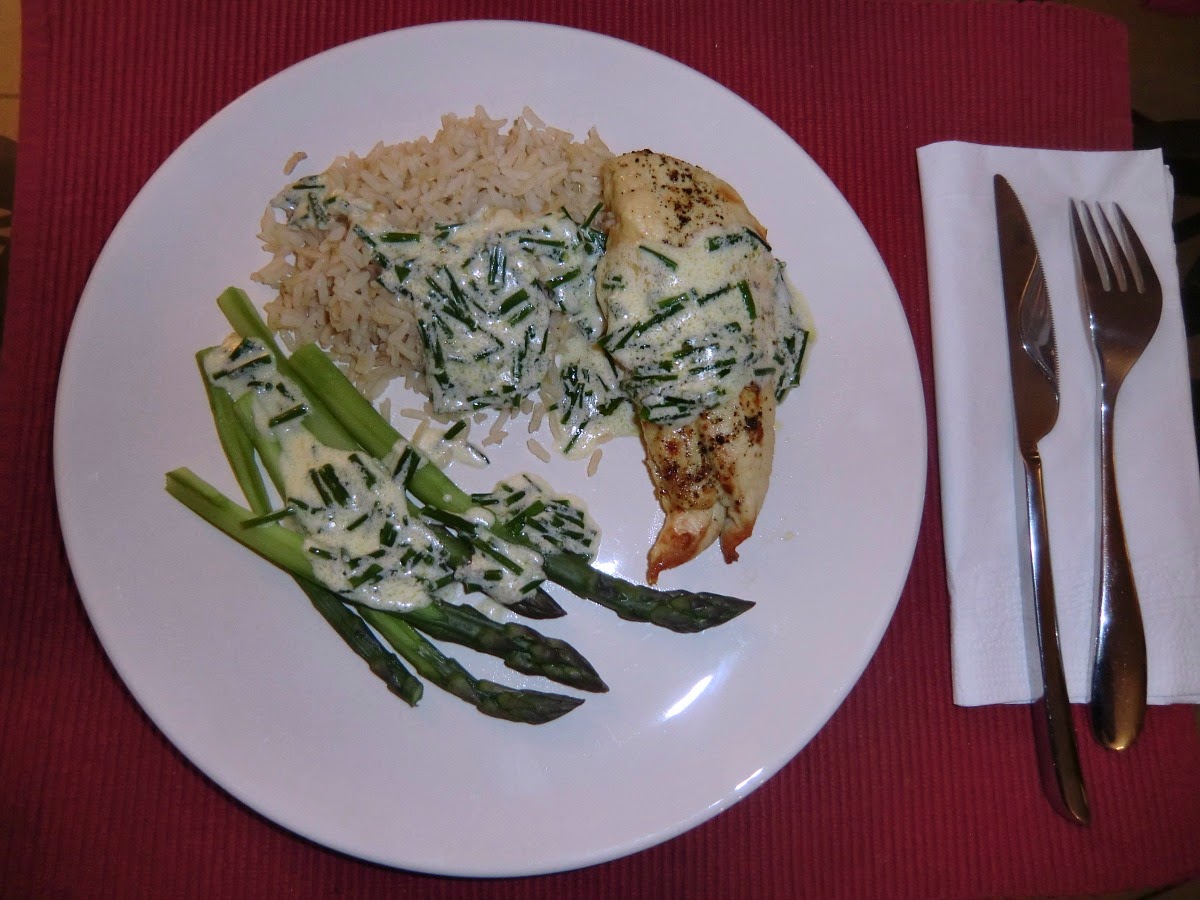Perfume shopping and hiking in Èze
Èze village (11km from Nice on the moyenne corniche ) is an elegant hill top village, village perché. From a distance the village has the monumental medieval unity, and its vaulted passages and stairways were designed not to charm but from fear of attack.
Èze- sur-Mer is the seaside extension of Èze village, and the upper part of Èze, Col d’Èze, is on the Grande Corniche.
The Fragonard perfume shop in Èze village has become a popular stop among tourists. And no wonder because it has all the latest Fragonard scents and a much better selection than their small shop in Nice. Fragonard fragrances are reasonably priced, natural, classic and still rare enough that few people would be likely to wear the same scent that I do. I won’t be telling the names of my favourite scents…
The hike described here is certainly one of the classic littoral hikes on the Riviera. Named Circuit du Mont Bastide, the starting point can be from Èze- sur-Mer or, as in our case from the Èze village at about 350m. The trail is well signposted and marked with yellow. In spite of its rather modest altitude at 570m, Mont Bastide offers stunning views not only down to the coastline but also to north where the Alpes du Sud peaks are visible. The guide booklet Rando Pays Ĉotier gives additional information in French. The booklet says that the total vertical ascent is about 600m, duration about 4 hours. With a very moderate pace, we completed the circuit in about 3.5 hours. Having done this circuit twice, we consider this hike more like moyenne than sportive as far as the difficulty and effort are concerned.





















